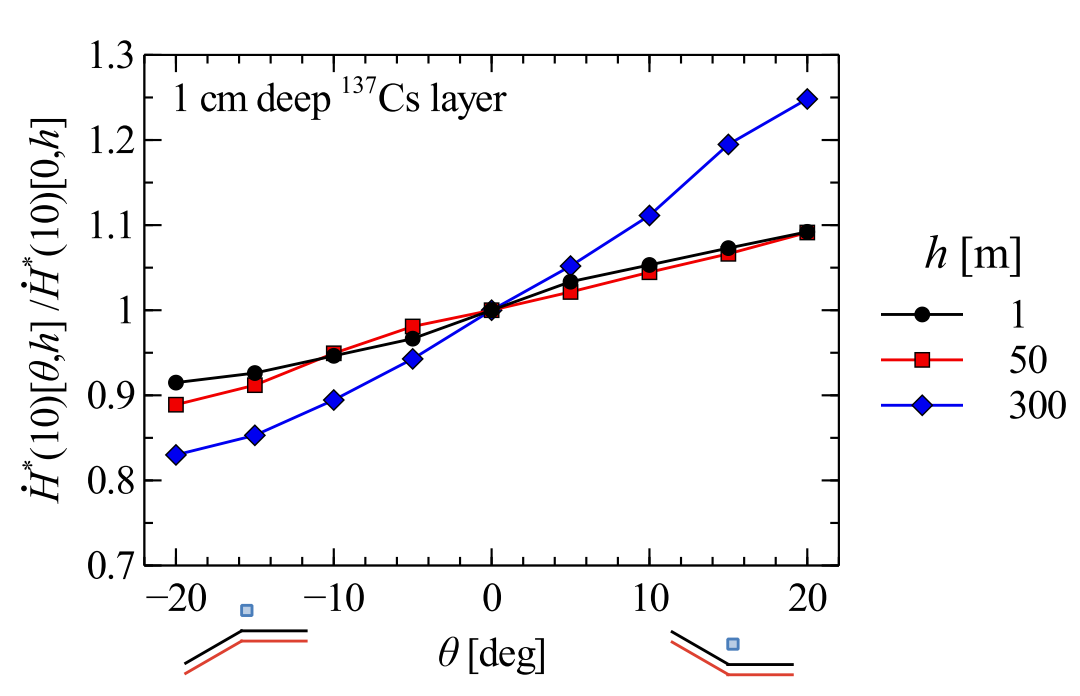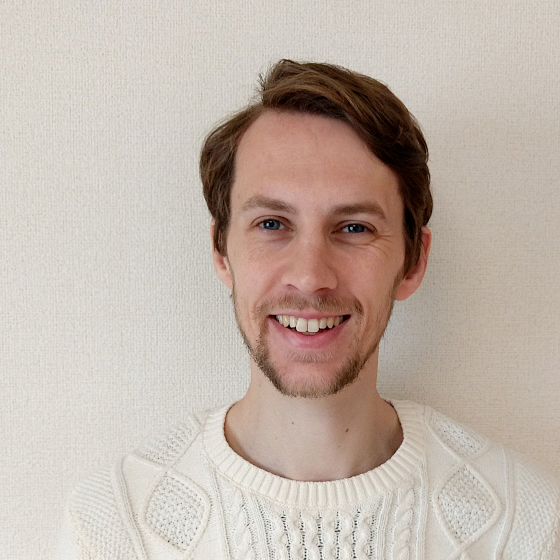Topographic Effects on Ambient Dose Equivalent Rates from Radiocesium Fallout
Published:

Abstract
Land topography can affect air radiation dose rates by locating radiation sources closer to, or further from, detector locations when compared to perfectly flat terrain. Hills and slopes can also shield against the propagation of gamma rays. To understand the possible magnitude of topographic effects on air dose rates, this study presents calculations for ambient dose equivalent rates at a range of heights above the ground for varying land topographies. The geometries considered were angled ground at the intersection of two planar surfaces, which is a model for slopes neighboring flat land, and a simple conical geometry, representing settings from hilltops to valley bottoms. In each case the radiation source was radioactive cesium fallout, and the slope angle was varied systematically to determine the effect of topography on the air dose rate. Under the assumption of homogeneous fallout across the land surface, and for these geometries and detector locations, the dose rates at high altitudes are more strongly affected by the underlying land topography than those close to ground level. At a height of 300 m, uneven topographies can lead to a 50% change in air dose rates compared to if the ground were uniformly flat. However, in practice the effect will more often than not be smaller than this, and heterogeneity in the source distribution is likely to be a more significant factor in determining local air dose rates.
A. Malins, M. Okumura, M. Machida & K. Saito
In conference proceedings for M&C + SNA + MC 2015
19-23 April 2015, Nashville, TN, USA
PDF: download
ArXiv: http://arxiv.org/abs/1502.03892
